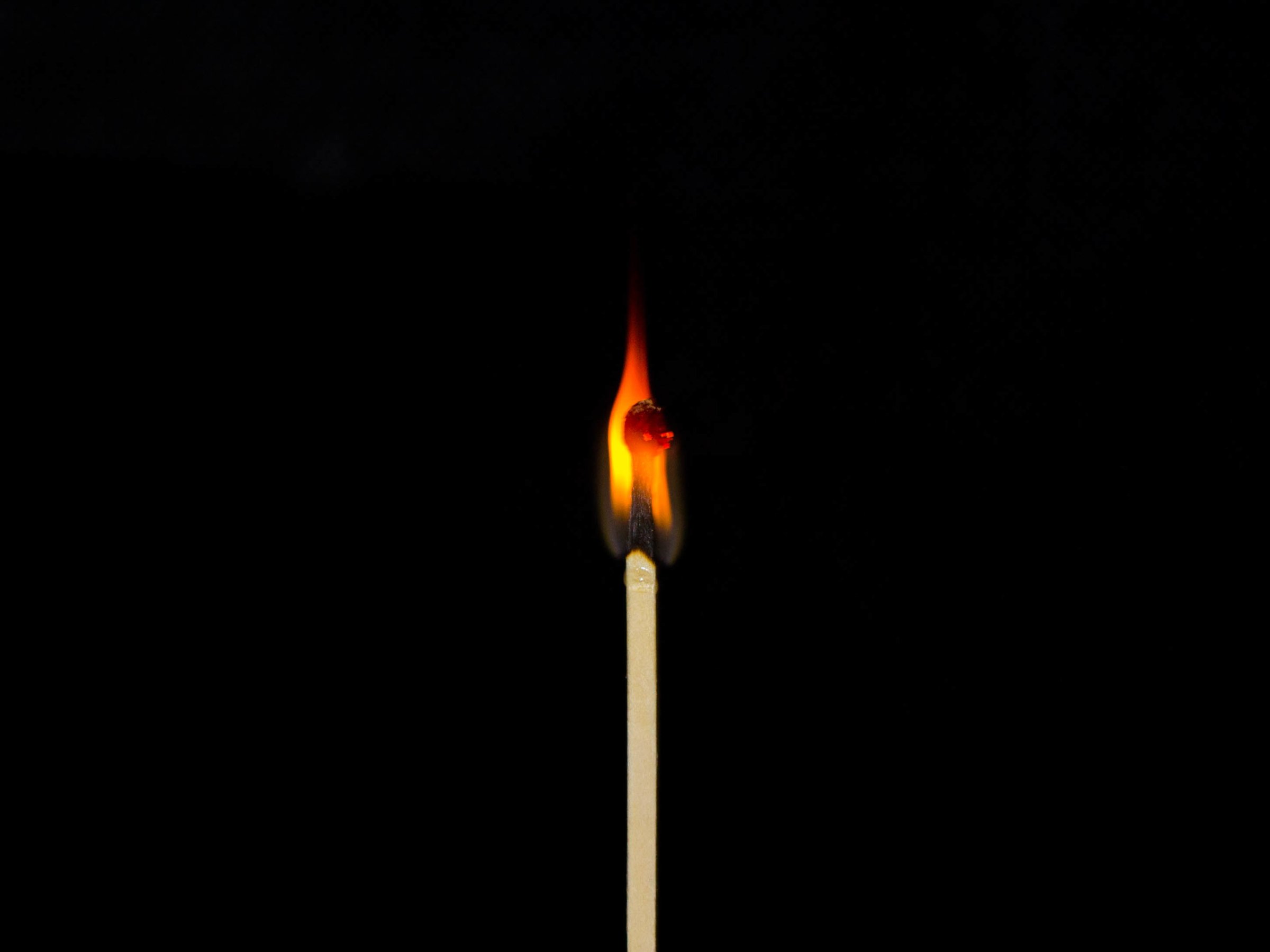
A viral stunt gone wrong landed a 12-year-old girl from Detroit in the hospital on Friday.
Teenagers taking part in the “fire challenge,” which dates back to at least 2014, typically pour small amounts of rubbing alcohol onto their bodies, light it on fire and film the whole ordeal. The idea is to quickly extinguish the flames with water — but on Friday, Timiyah Landers landed in intensive care after she lost control of the blaze and became engulfed in flames, the Washington Post reports.
Landers “looked like a fireball,” her mother, Brandi Owens, told the Post. “She was yelling, ‘Help me.’”
Owens and her fiancé tried to put out the fire, but Landers was reportedly left with second- and third-degree burns covering roughly half of her body, and will need multiple surgeries to recover. Her mother told the Post that she believes the effects of the accident were compounded by flammable perfume Landers was wearing at the time.
While the Centers for Disease Control and Prevention’s National Center for Injury Prevention and Control does not track data specifically related to the fire challenge, a number of injuries resulting from the stunt have made news over the past few years. Last month, for example, a 12-year-old boy from South Carolina had to be transported to a Georgia hospital by helicopter after attempting the challenge.
The stunt brings to mind other headline-grabbing, potentially dangerous teenage stunts, from the deodorant challenge to the choking game. While actual participation in these trends varies, their prominence online has been enough to put some young people in danger. During the first 15 days of 2018 alone — during the height of the Tide Pod challenge — the American Association of Poison Control Centers reported reported 39 cases of teenagers misusing laundry pods.
Deborah A.P. Hersman, president and CEO of the National Safety Council, said in a statement provided to TIME that it’s crucial to steer kids away from these challenges. “It is terrifying that our children are permanently injuring themselves for the sake of followers,” Hersman said. “Social media challenges create instant, but hollow connections. Real friends keep each other safe.”
In at least one instance, the fire challenge has also transcended the teenage demographic: In 2014, a North Carolina woman was arrested and charged with contributing to the delinquency of a juvenile for helping her 16-year-old son complete the online dare.
Owens, at least, is using her daughter’s case to warn other kids and parents to avoid the fire challenge.
“I don’t want to see another parent in my situation at all,” she told the Detroit Free Press. “It’s not good and its devastating.”
More Must-Reads from TIME
- Cybersecurity Experts Are Sounding the Alarm on DOGE
- Meet the 2025 Women of the Year
- The Harsh Truth About Disability Inclusion
- Why Do More Young Adults Have Cancer?
- Colman Domingo Leads With Radical Love
- How to Get Better at Doing Things Alone
- Michelle Zauner Stares Down the Darkness
Write to Jamie Ducharme at jamie.ducharme@time.com